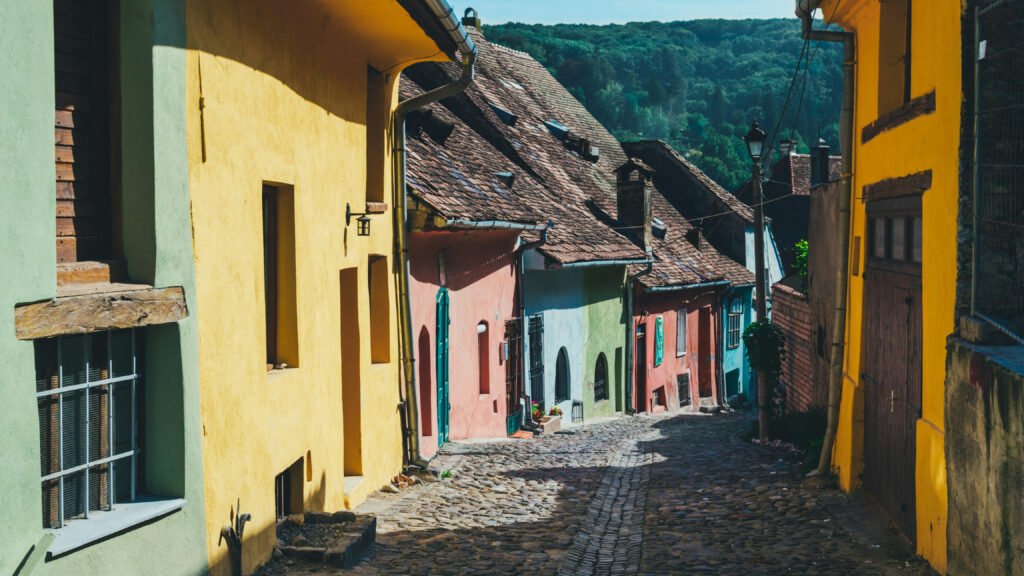
A Country of Contrast and Character
Romania is a country that defies easy description.
You’ll find medieval towns with cobbled streets just a few hours from wild, forested mountains.
There are salt mines, painted churches, seaside resorts, and villages where time seems to move a little slower.
What I wanted to do, was pull together the best places to visit in Romania, into a single list.
Whether you’re into architecture, nature, or just curious to see what lies beyond the tourist trail, Romania likely has a place that you will enjoy.
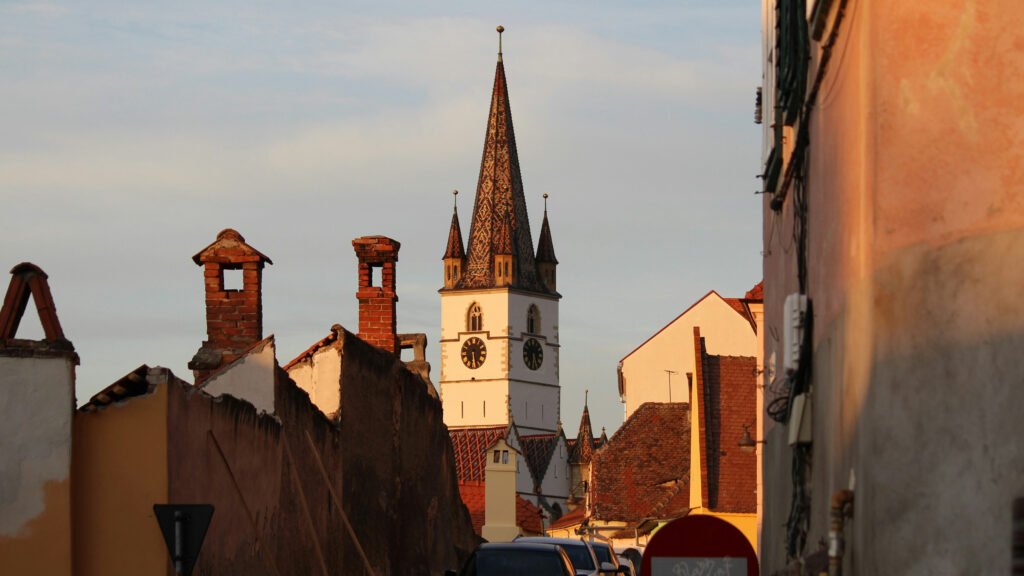
Sibiu: Elegance and Tradition in One City
Sibiu feels both polished and lived-in.
Known for its pastel-colored buildings and “eyes” in the rooftops, this Transylvanian city balances beauty with history.
The Large Square is one of the best preserved city centers I have seen in Romania, surrounded by hidden courtyards, and only a short walk away from the Bridge of Lies.
In winter, Sibiu’s Christmas market glows with lanterns and the smell of roasted chestnuts.
In summer, cultural festivals spill into the streets, and the tourist season is in full swing.
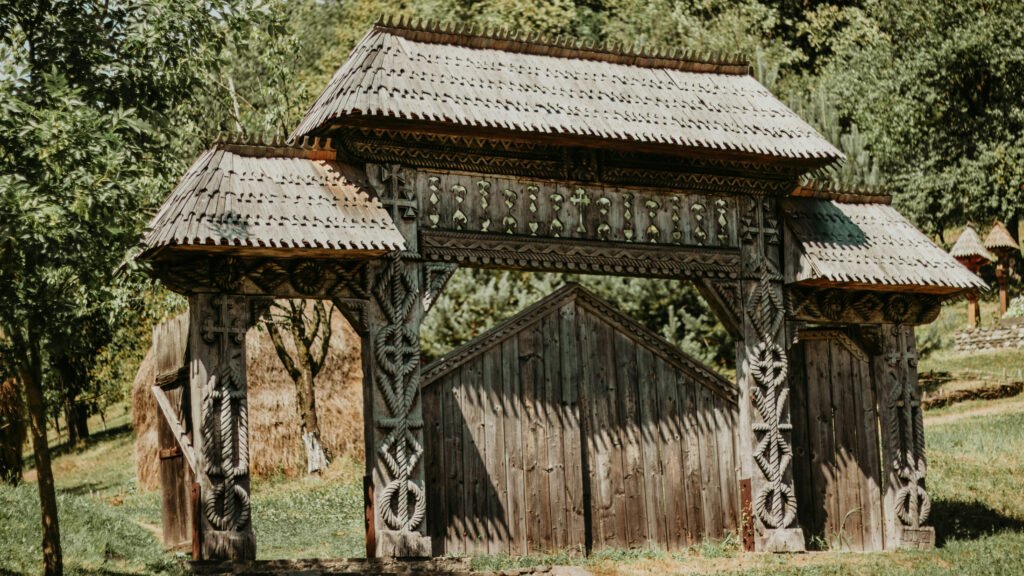
Maramures: Where Old Romania Still Lives
If you’re looking for a window into traditional village life, Maramures (Maramureș) has what you are looking for.
Wooden churches with tall spires mark the skyline, and you’ll likely pass haystacks taller than cars along the roadside.
Many locals still wear folk dress for Sunday services, making it a region worth visiting if you want to take a look back into Romaniațs traditional past.
The Merry Cemetery (Cimitirul Vesel) in the village of Sapanta (Săpânța), is famous for its bright crosses and poetic epitaphs, gives you a glimpse of how humor and heritage live side by side.
It has been also been listed as one of the Seven Wonders of Romania by Imperator Travel.
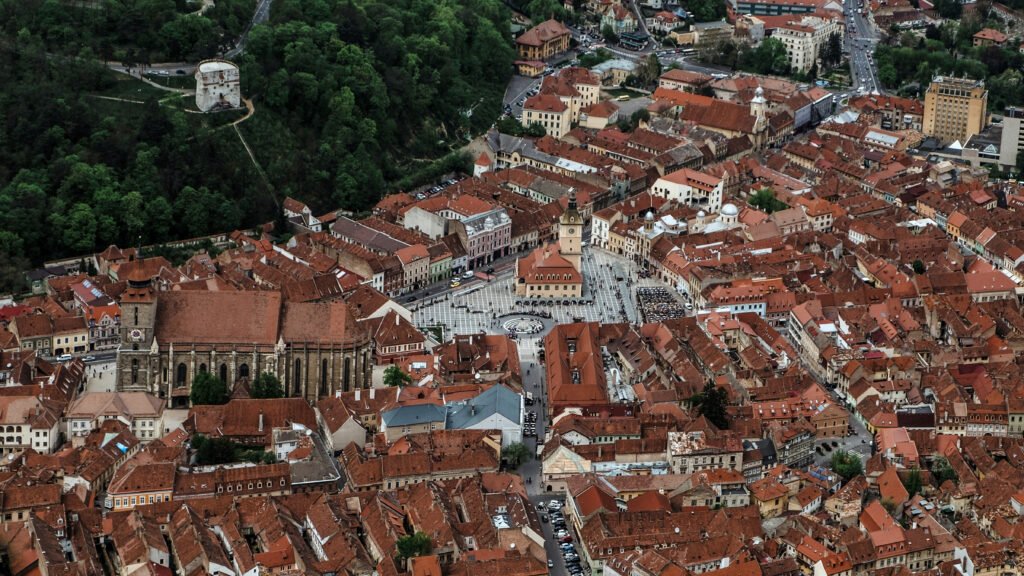
Brasov: Mountain Views and Medieval Walls
Brasov (Brașov) is one of the top places in Romania for visitors who want scenery and story, and it one of Romania’s best tourist destinations, year-round.
Set against the Carpathians, the old town is framed by defensive towers, colorful houses, and quiet neighborhoods.
You can hike up Tampa Mountain for a panoramic view of Brasov, then return in time for a meal on a cobbled street lined with cafes in the city’s old center.
Don’t miss the Black Church, a Gothic landmark with soot-darkened stone from a fire centuries ago.
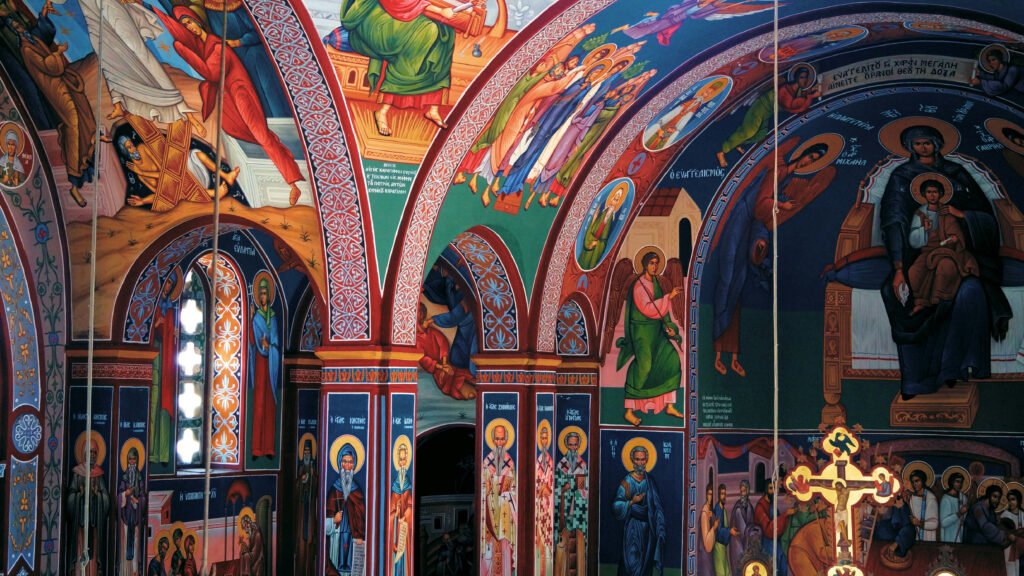
The Painted Monasteries of Bucovina
Tucked into the northeast of Romania, the painted monasteries of Bucovina are unlike anything else in Europe.
Their exterior frescoes are still vivid after hundreds of years, telling of entire Biblical stories in blue, red, and green.
Voronet Monastary, in the village of Voronet (Voroneț) is the most famous, often called the “Sistine Chapel of the East.”
These painted monastaried are active Orthodox sites, so the atmosphere is reverent and not touristy.
It’s best to go slowly, stopping in small villages along the way, so you can get the most out of the region, and truly appreciate the landscape and its people.
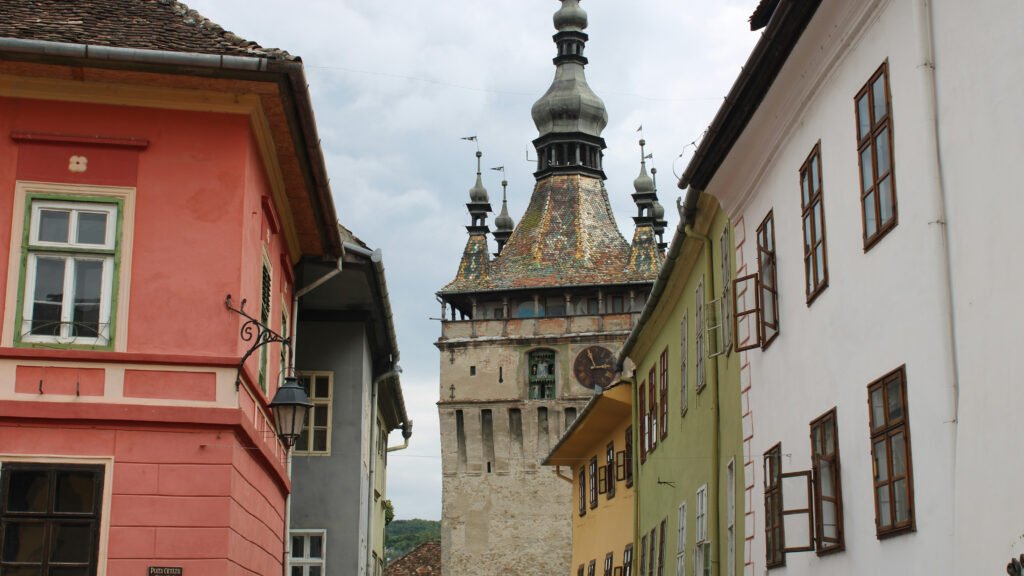
Sighisoara: A Storybook Citadel
Sighisoara (Sighișoara) isn’t just pretty but it’s also rare.
This city’s citadel, set on top of a small hill, has been lived in continuously since the Middle Ages.
You’ll walk under covered staircases, climb a clock tower built in the 14th century, and sip coffee where knights once rode.
Vlad III, commonly known as Vlad the Impaler, or more commonly known as Vlad Dracula, was born in Sighisoara, and there is a home in the city’s main square where his father lived, and is now a tourist attraction.
The colors are bold in Sighisoara, from mustard to turquoise to coral, making it the perfect photo spot.
Each house has its own tilt and charm and Sighisoara is considered one of the best cities to visit in Romania if you’re drawn to preserved history and old world charm.
Sighisoara is by far one of my favorite cities to visit in Romania, and one that I keep coming back to.
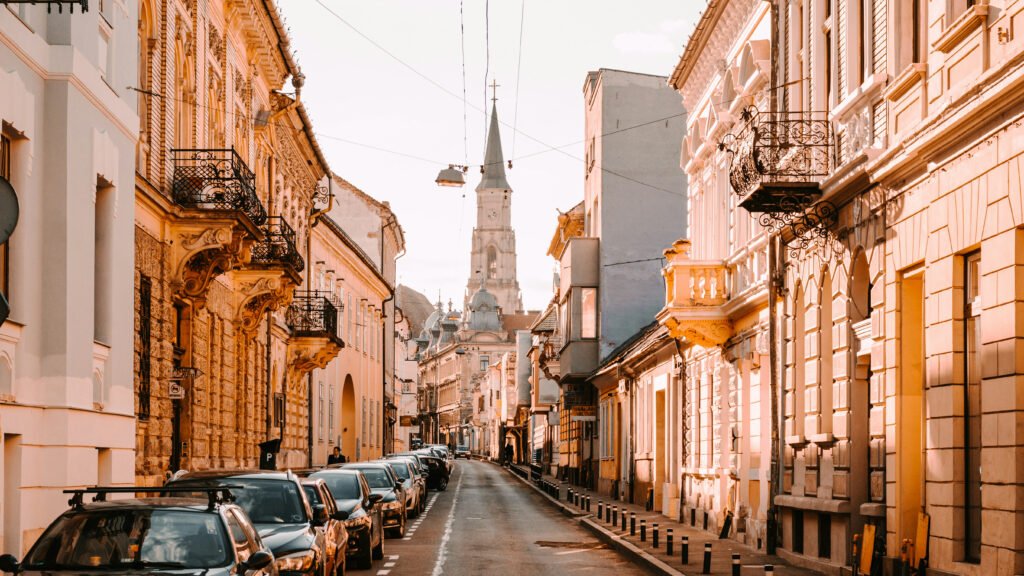
Cluj-Napoca: Culture and Youthful Energy
Cluj-Napoca, sometimes referred to as just Cluj, has energy.
It’s a university city, full of students, artists, and tech workers who keep the cafes and creative spaces buzzing and helped to earn it the nick-name of Silicon Valley of Easter Europe.
The old and new coexist in Cluj, where you can find Baroque architecture standing next to street art.
You can also hear classical music in one square and indie rock in the next.
Cluj makes a great base for anyone looking to explore the northern part of Romania, or a weekend of galleries, gardens, and generous food.
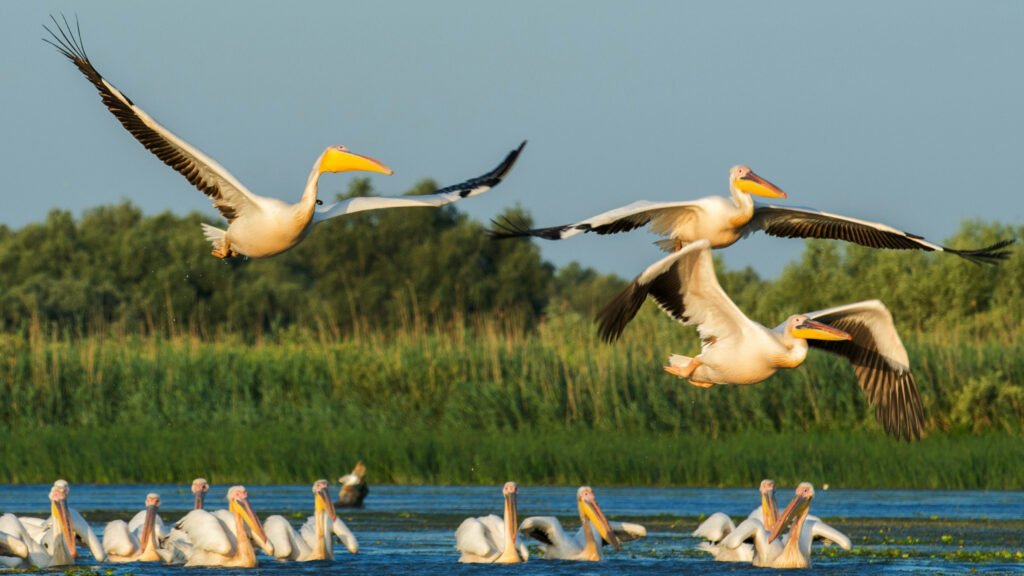
The Danube Delta: Romania’s Quiet Frontier
In the southeast, the Danube River splits into a thousand waterways before meeting the Black Sea. This is the Danube Delta, a biosphere reserve filled with birds, reeds, and silence.
Boats replace roads here.
Life follows the tides.
This part of Romania is filled with small fishing villages like Sfantu Gheorghe (Sfântu Gheorghe), where you can eat fresh-caught carp as the sun sets behind the delta’s reeds.
For birdwatchers and peace-seekers, this is one of the most beautiful places in Romania.
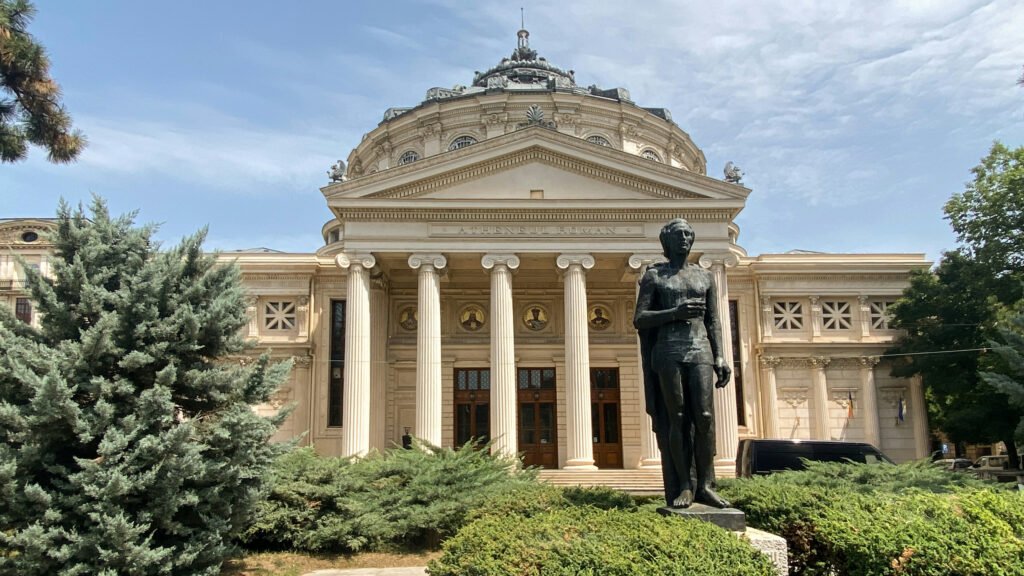
Bucharest: Grit and Grandeur
As the capital of Romania, Bucharest often surprises visitors.
For some, it’s not postcard pretty at first glance, but it grows on you.
Wide boulevards meet tucked-away churches and palatial buildings sit beside Brutalist blocks from the communist era.
For anyone interested in architecture, like me, this is a paradise. In a single neighbourhood, you can find styles ranging from Art Deco to Brutalist.
The Palace of the Parliament is massive and is one of the largest administrative buildings in the world, second only to the Pentagon in the United States of America.
But it’s the smaller neighborhoods in the city, like Cotroceni and Dorobanti (Dorobanți), that make the city feel alive and it’s here that you will see why Bucharest is one of my favorite cities to visit.
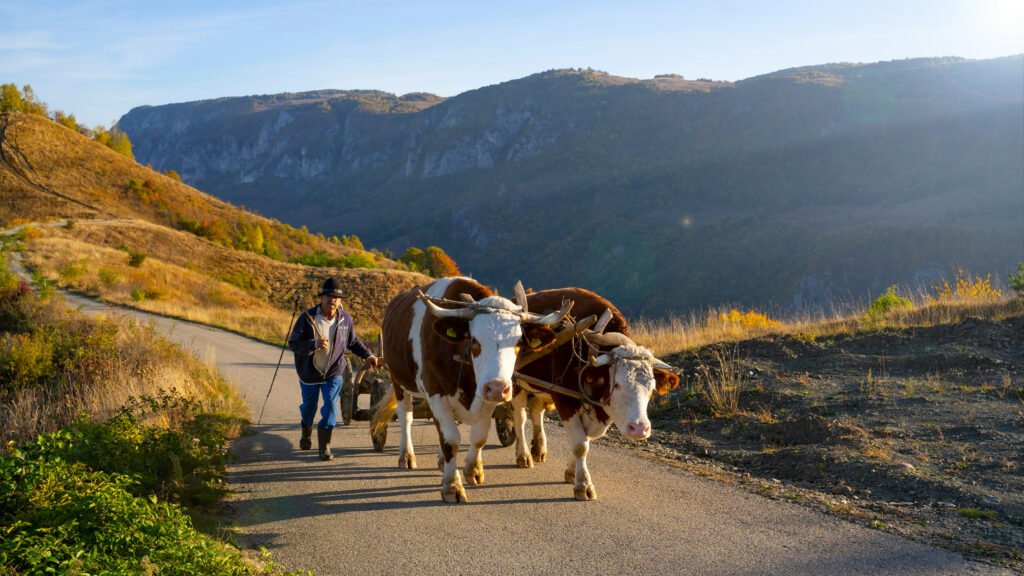
The Apuseni Mountains: Caves, Cliffs, and Quiet Villages
Less visited than the southern Carpathians, the Apuseni Mountains feel wilder.
Villages are small, wood-heated, and often reached by winding paths through beech tree forests.
This is a place for caves, like Scarisoara (Peștera Scărișoara), which holds a glacier even in summer, and for locals who know the trails better than any map.
If you’re looking for a place to visit in Romania with fewer crowds, this is a strong choice that will not disappoint.
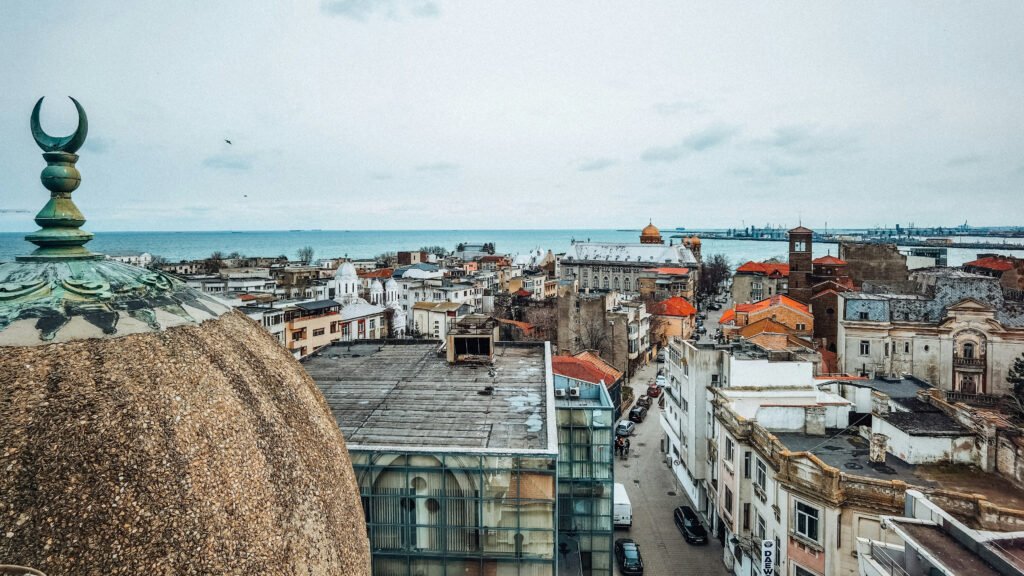
Constanta: Old Meets New on the Black Sea
Romania’s coast stretches along the Black Sea, and Constanta (Constanța) is its largest port.
Greek ruins sit beside Art Nouveau buildings and modern beach resorts giving tourists a beautiful look at the city’s ancient history, and modern growth.
The city’s mix of cultures, from Roman mosaics to Turkish mosques, makes it one of the most layered places in Romania.
You can sunbathe by day and explore history by evening, with a fresh fish dinner in between.
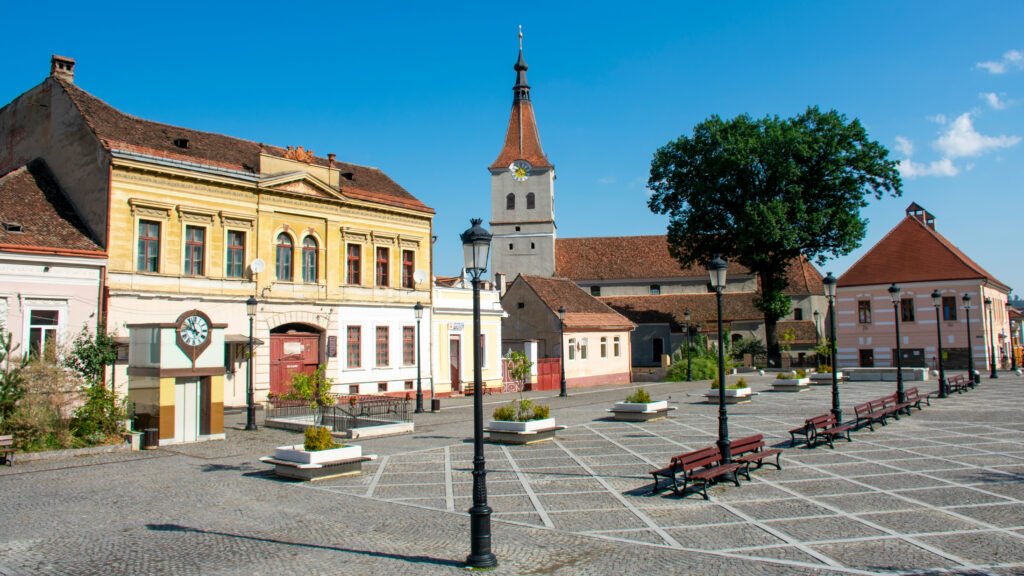
Rasnov Fortress and the Road to Bran
Between Brasov and Bran sits Rasnov Fortress (Cetatea Râșnov), a hilltop citadel with thick walls and wide views.
It’s significantly quieter than Bran Castle and offers amazing views of Rasnov below and the surrounding area.
This area of Romania is dense with legends and lore.
While Bran Castle draws Dracula fans, the real appeal lies in the landscapes which are made up of pine-covered ridges, open pastures, and winding roads that seem made for road trips.
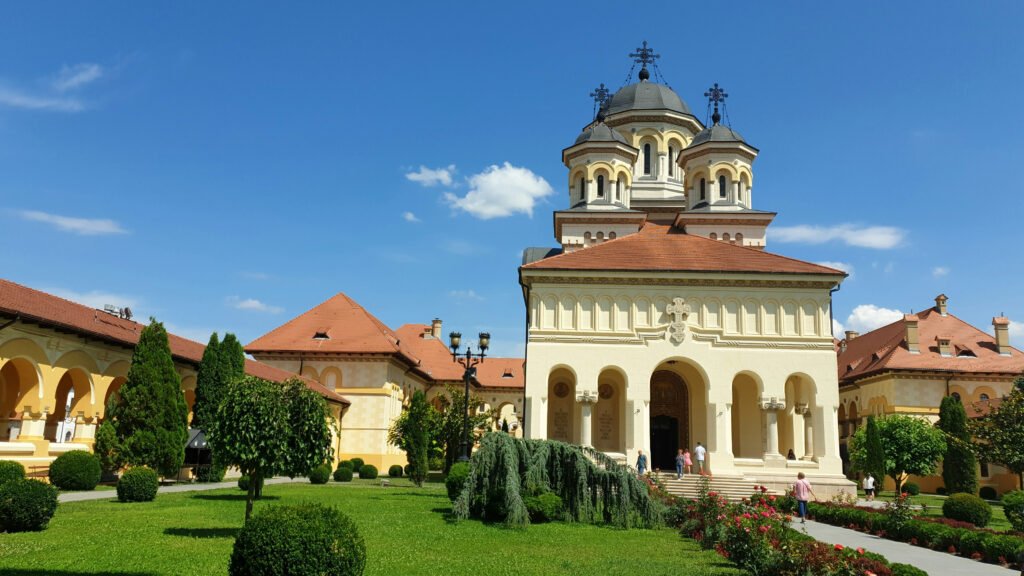
Alba Iulia: Romania’s Symbolic Heart
Alba Iulia holds special meaning for Romanians.
The Great Union of 1918 was declared here, and its star-shaped fortress is one of the best preserved in Europe.
Walking through the citadel feels orderly and grand, but not overly polished.
You’ll find changing-of-the-guard ceremonies, Roman ruins, and stories that still shape the national identity.
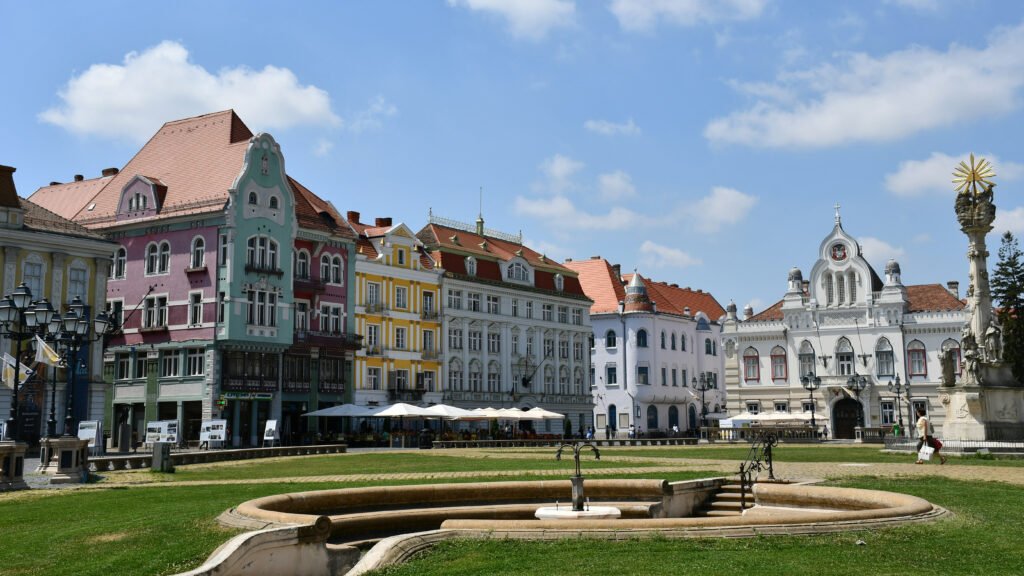
Timisoara: Ahead of Its Time
Timisoara (Timișoara) is often ahead of the curve.
It led the 1989 Revolution that toppled communism in Romania.
And in 2023, it was named a European Capital of Culture.
In Timisoara, you can expect to find public squares spilling over with flowers, buildings wearing Habsburg flourishes, and street festivals often take over for days.
Timisoara blends western charm with local spirit and from my own experience, this helps to make it one of the best cities to visit in Romania for first time visitors.
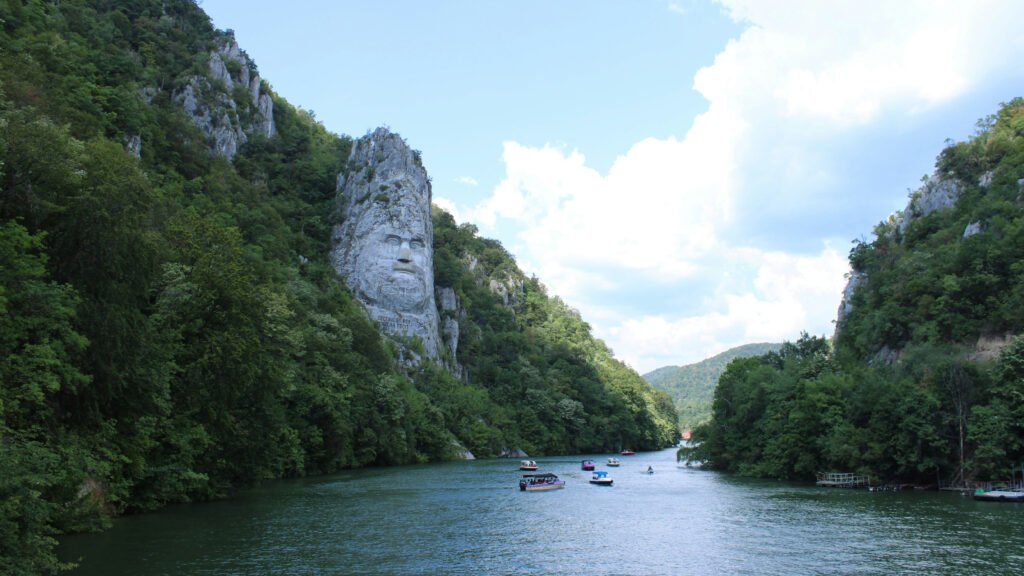
A Country to Explore at Your own Pace
It goes without saying, but a single post cannot define Romania.
That’s what makes the journey so rewarding.
Some visitors come for castles and leave dreaming about village bread baked in outdoor ovens.
Others seek beaches and stay for the painted monasteries they hadn’t even heard of.
For me, it’s about the mix of both of these worlds. The old and the new. It’s what keeps me coming back to Romania, and what I think, makes Romania one of the most interesting countries to explore.
Wherever you go, you’ll find contrasts: wildness beside warmth, grandeur beside simplicity.
That mix is what keeps people coming back and why there’s never just one best place to visit in Romania.






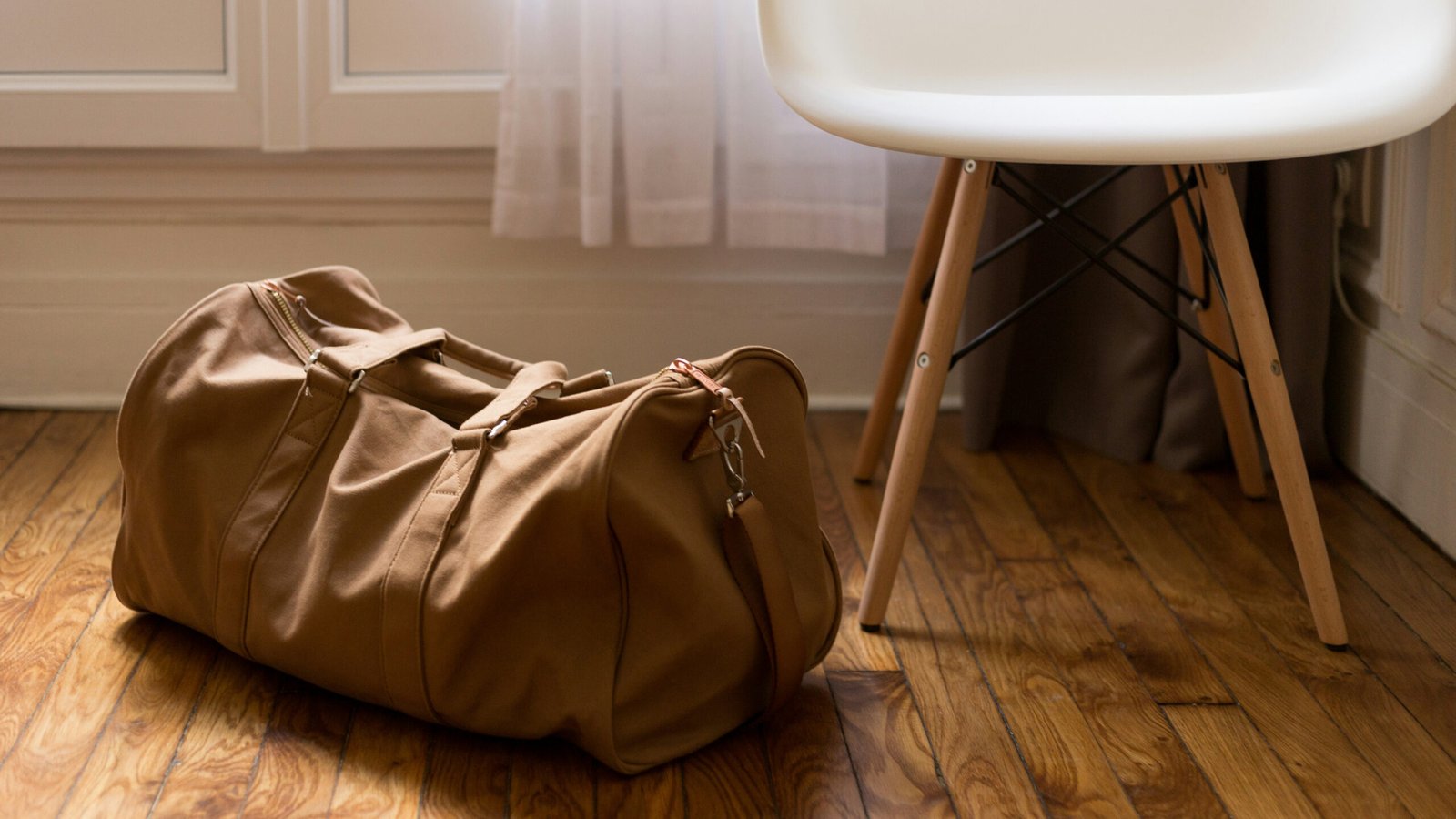
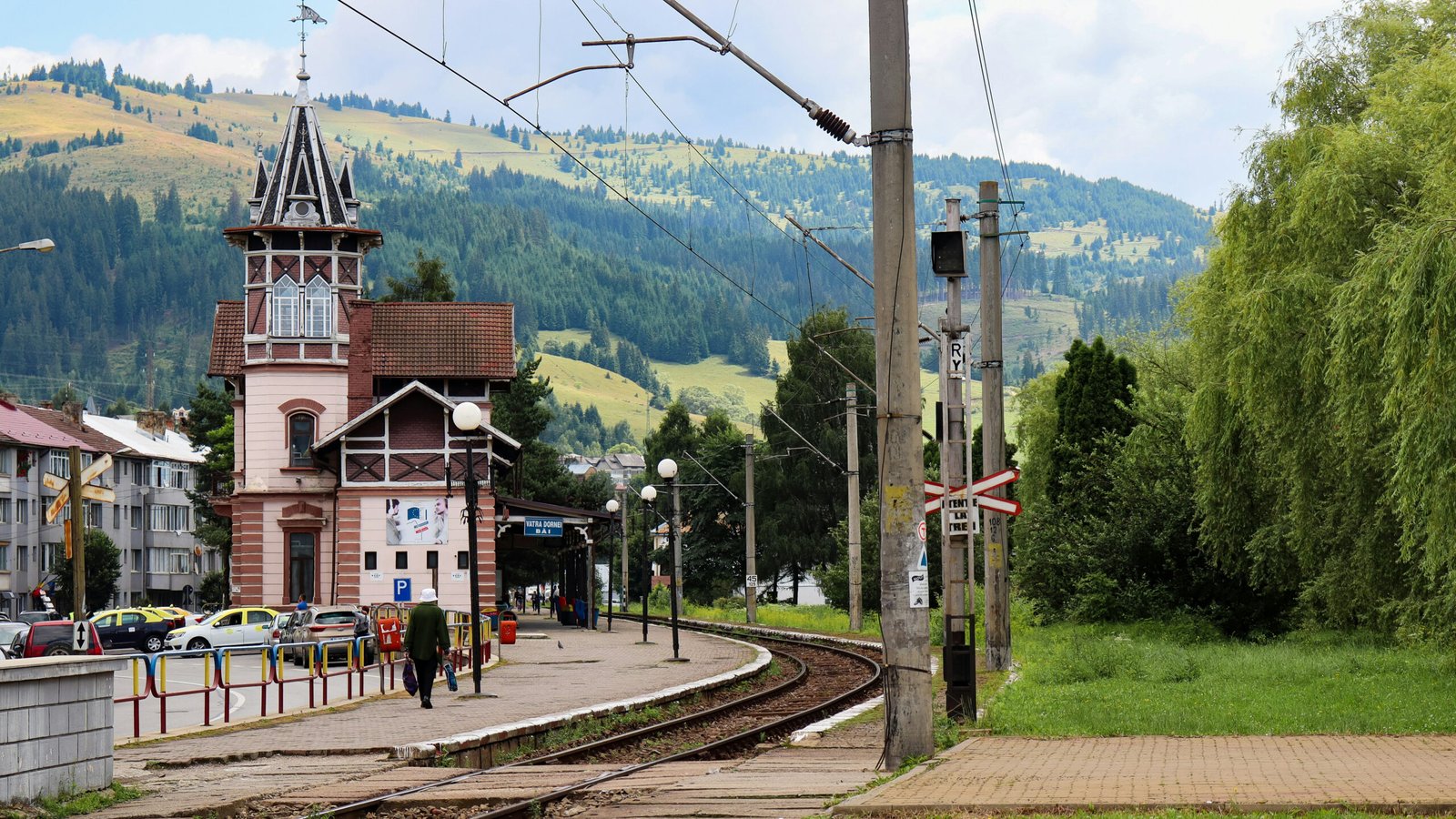
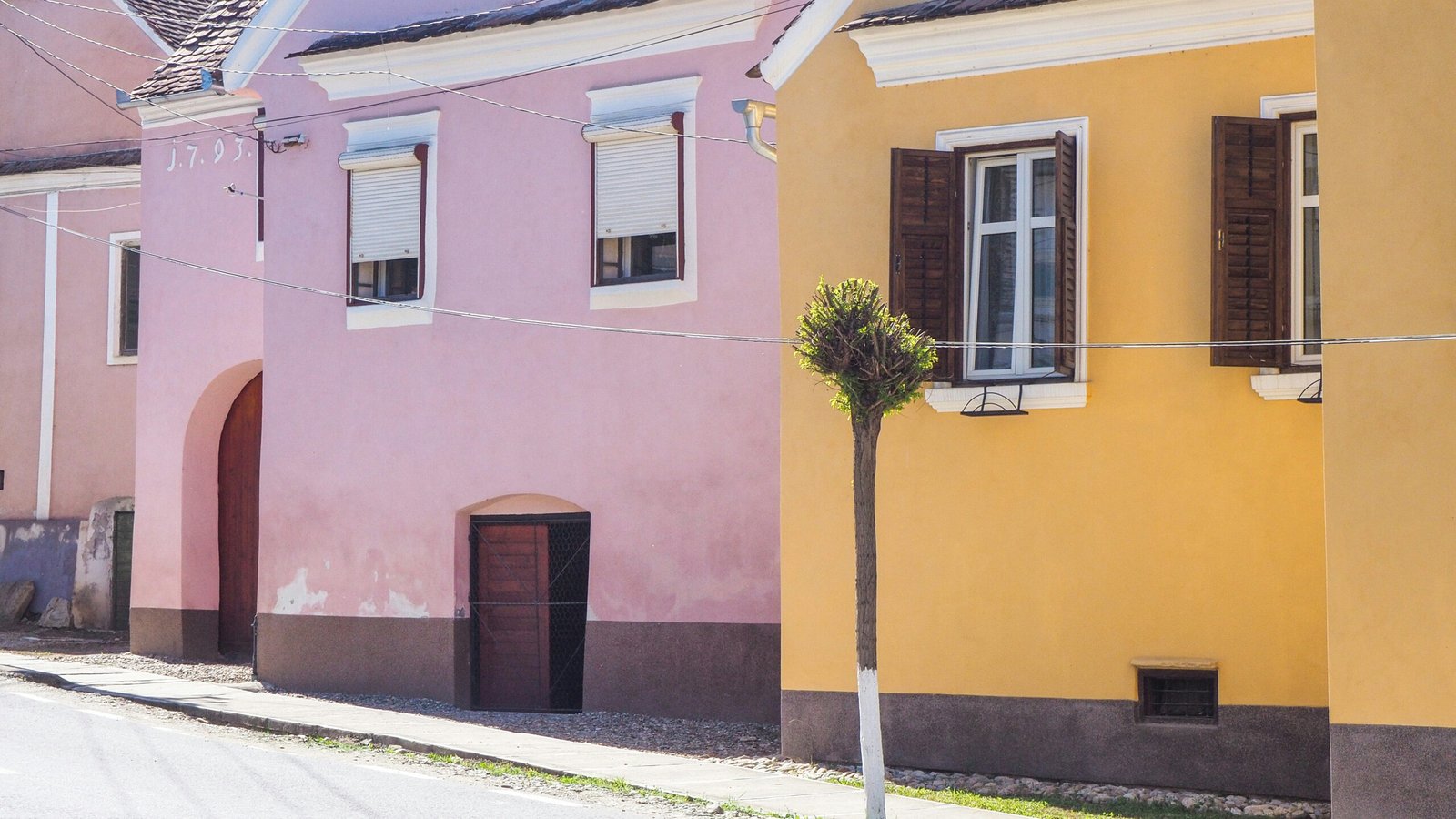
Leave a Reply